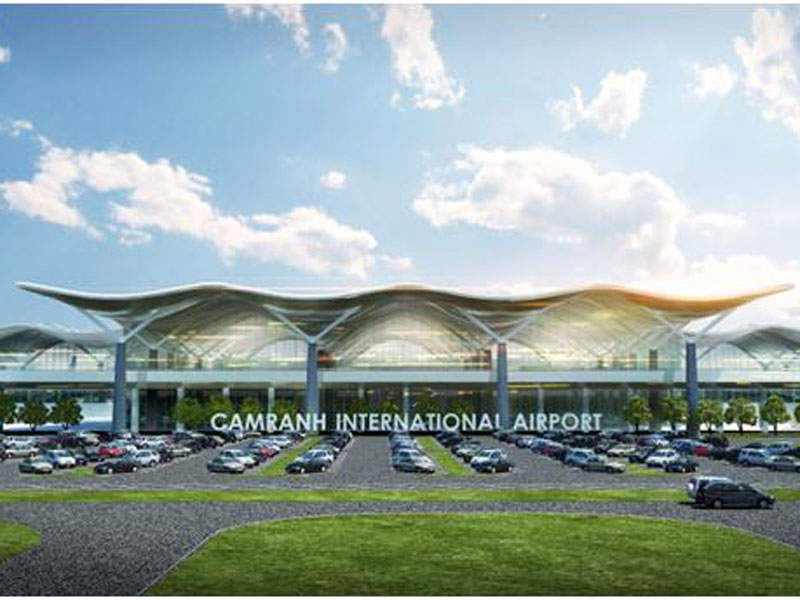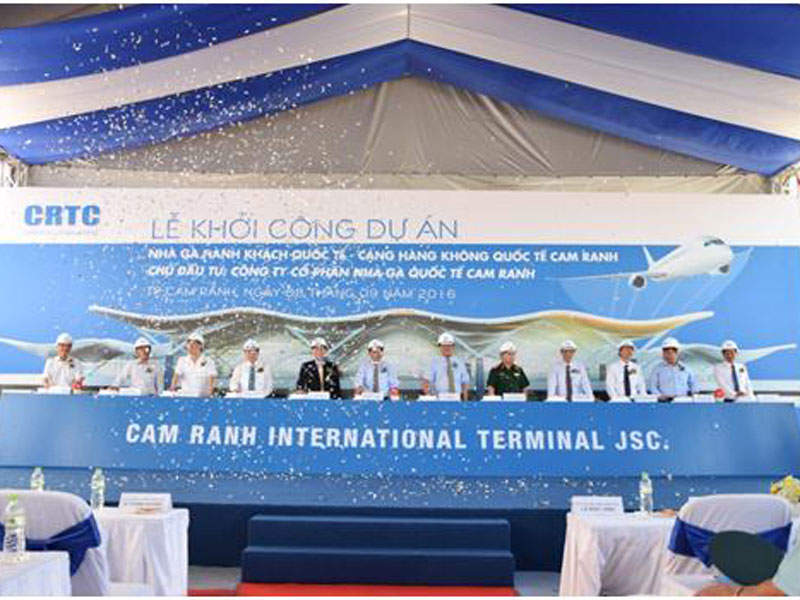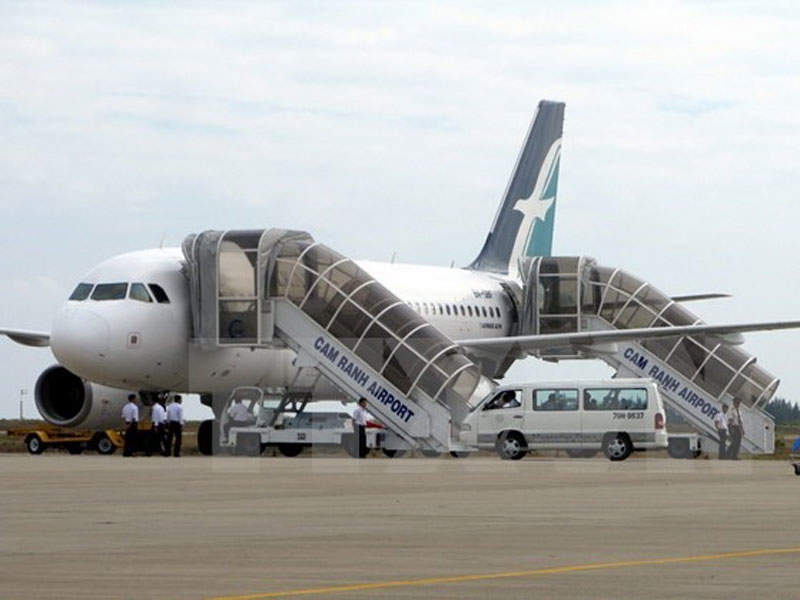Construction of a new international passenger terminal at Can Ranh Airport, one of the four major airports of Vietnam, was initiated in September 2016.
The new terminal increases the airport’s handling capacity to eight million passengers a year from the current 1.5 million, easing congestion created by growing traffic.
The first phase of the terminal building was opened in 2018. The new terminal handles international operations, while the existing building will deal with domestic flights.
Development of new international terminal at the Vietnamese Airport
In 2017, Cam Ranh airport handled approximately six million passengers, which is more than double its capacity.
New international routes also caused capacity overload at the terminal, as the existing infrastructure was no longer able to accommodate wide-bodied aircraft and the increased number of passengers.
Despite the Airports Corporation of Vietnam’s (ACV) efforts to upgrade the terminal’s capacity in 2014, passenger numbers again surpassed maximum capacity in 2015. As a result of this, construction of a new terminal building was envisaged to be the ideal solution to achieve optimal efficiency at the airport.
Construction of the new international terminal at Cam Ranh
The new terminal will be constructed in two phases. Phase one was executed in two segments, namely 1A and 1B, and expanded the airport’s annual capacity to four million passengers.
Phase 1A provided the terminal with a capacity of 2.5 million passengers a year, while 1B increased the total capacity to four million. Phase one was completed in 19 months and received a four-star SKYTRAX rating.
Phase two will increase capacity by another four million, bringing the total passenger throughput of the terminal to eight million a year. The second phase is scheduled for completion by 2030.
Features and facilities at the new terminal
The new terminal is a three-storey building with a total floor area of approximately 52,000m². One level is dedicated for arrivals and the other for departures.
The terminal features 80 check-in counters arranged in four rows, each equipped with 20 counters. There are ten aircraft bridges, six baggage carousels and four air bridges at the terminal.
Other facilities include car parking, ramp systems for automobiles, terminal approach roads, passenger pick-up arrangements, and mobile lifts.
Design of the new passenger terminal at Cam Ranh airport
Inspiration for the design and architecture of the new terminal was taken from Salanganes’ nest, a popular bird’s nest seen in Khanh Hoa Province.
Built using locally sourced materials, the roof of the terminal mimics the nest by featuring a repeated sequence of peaks and troughs, and is curved in a convex shape.
Contractors involved
The consulting and design team for the project includes CPG Consultants, a Singaporean architecture firm, and Pacific Architects & Engineers (PAE), while the construction contract was awarded to Airport Design and Construction Consultancy (ADCC).
All three companies formed a joint venture to execute the project.
Turner was responsible for the construction management of the international passenger terminal. ATAD received the contract for providing steel structures for the new terminal.
Financing
The total investment capital for the new terminal construction is VND3.735tn ($162.79m).
Commercial Bank for Foreign Trade of Vietnam (Vietcombank) and Bank for Industry and Trade of Vietnam (Vietinbank) funded approximately 80% of the project cost, which is equivalent to VND2.98tn ($131.12m), on an equal basis. A credit agreement was signed with Vietcombank and Vietinbank in February 2017.
The remaining 20% of the project cost was funded by Cam Ranh International Terminal Joint Stock Company, which is responsible for the overall execution of the project.






